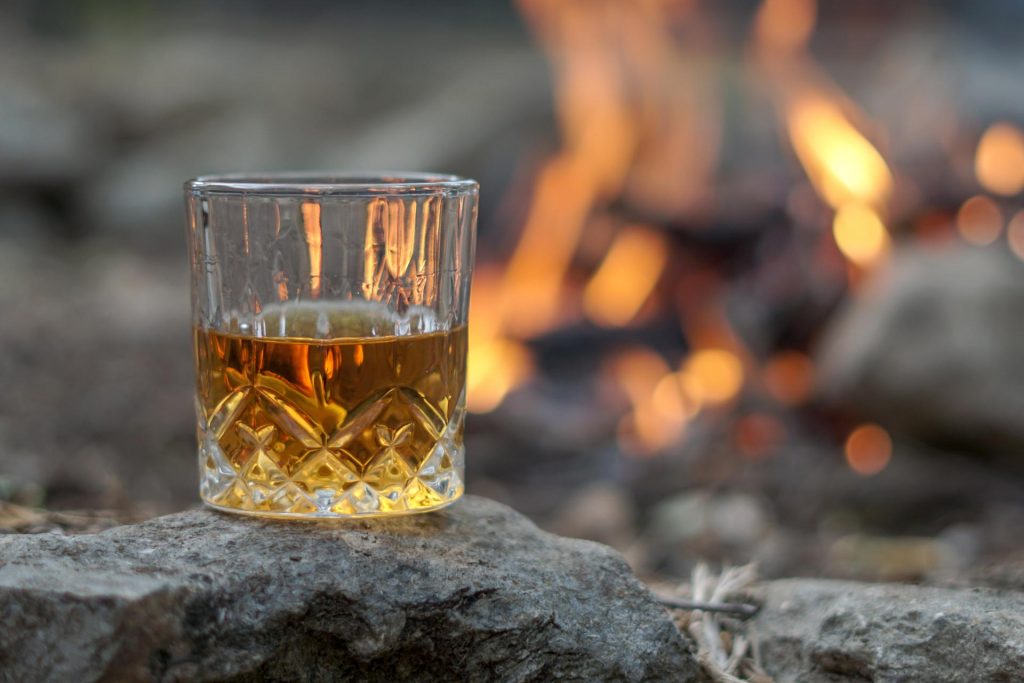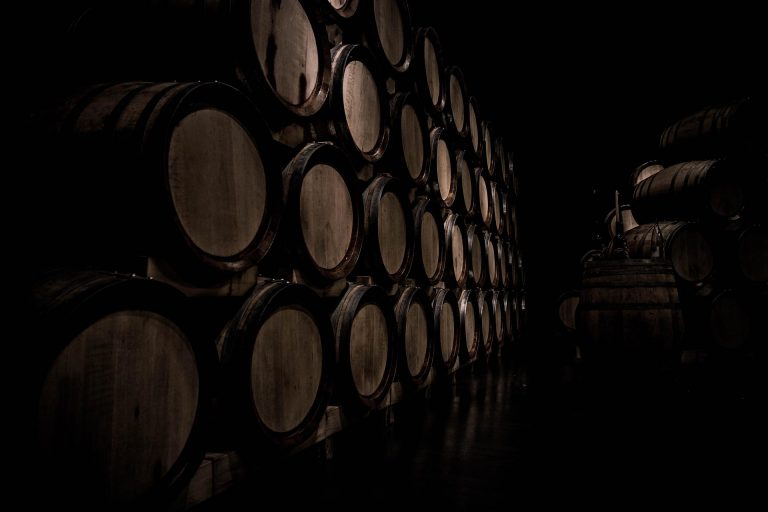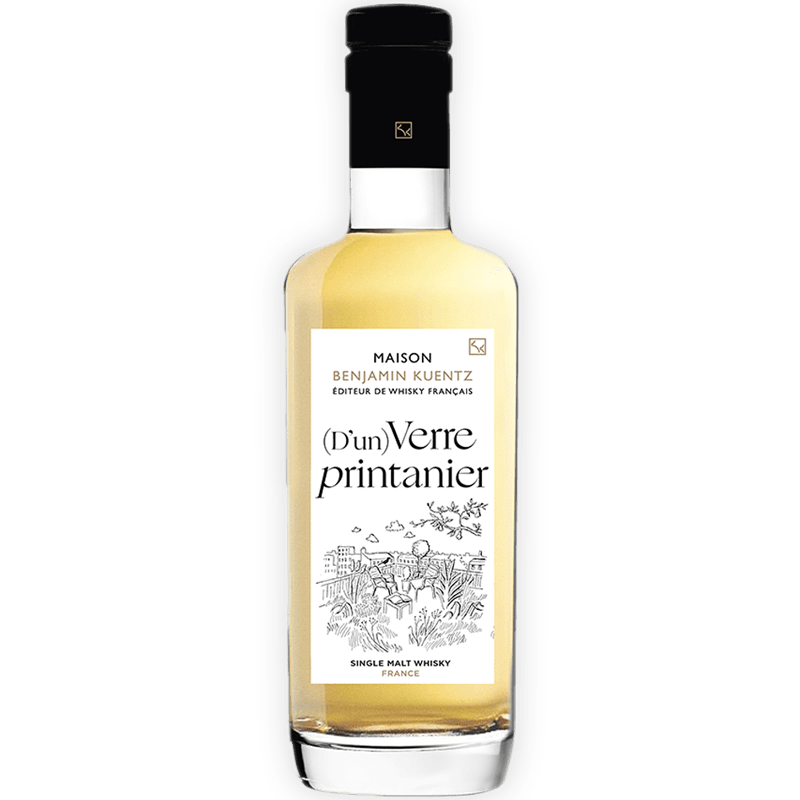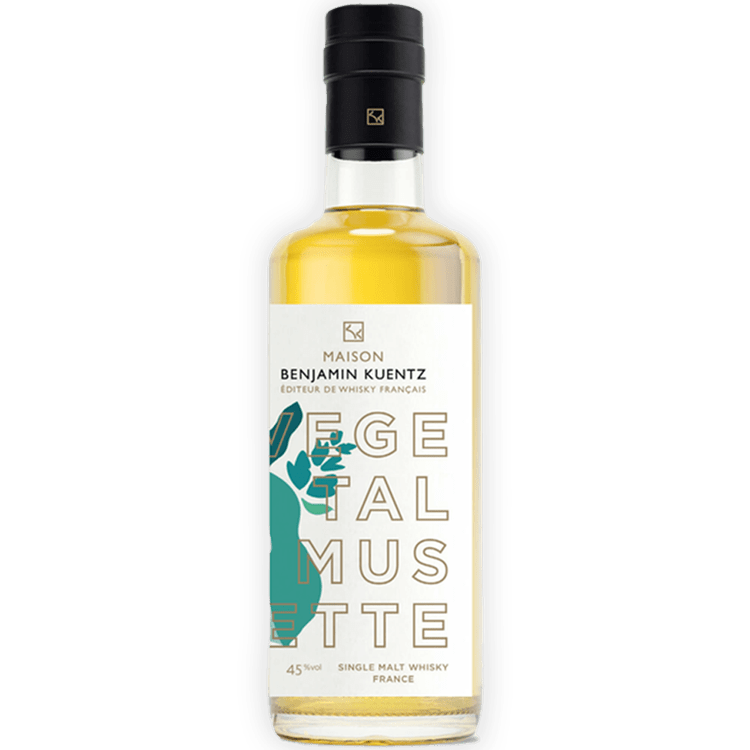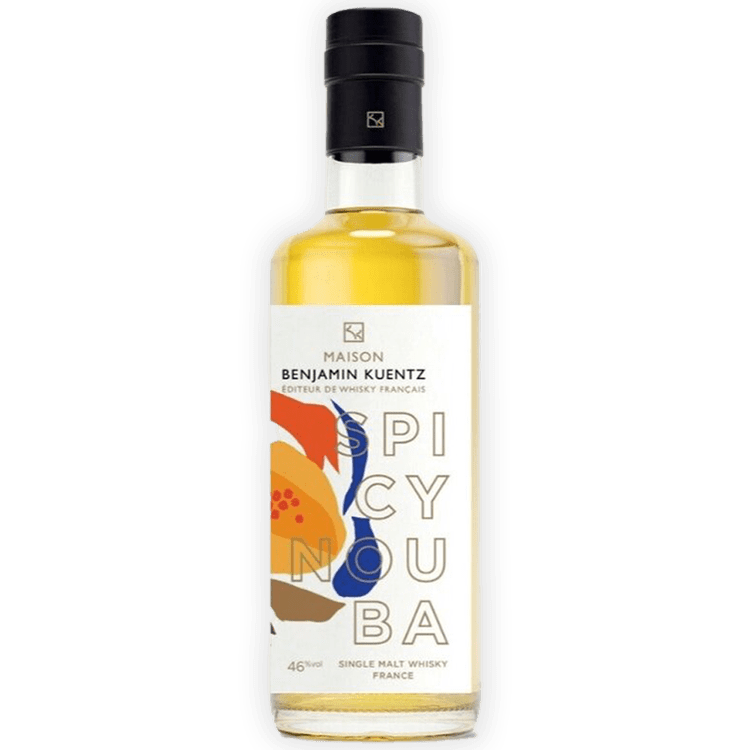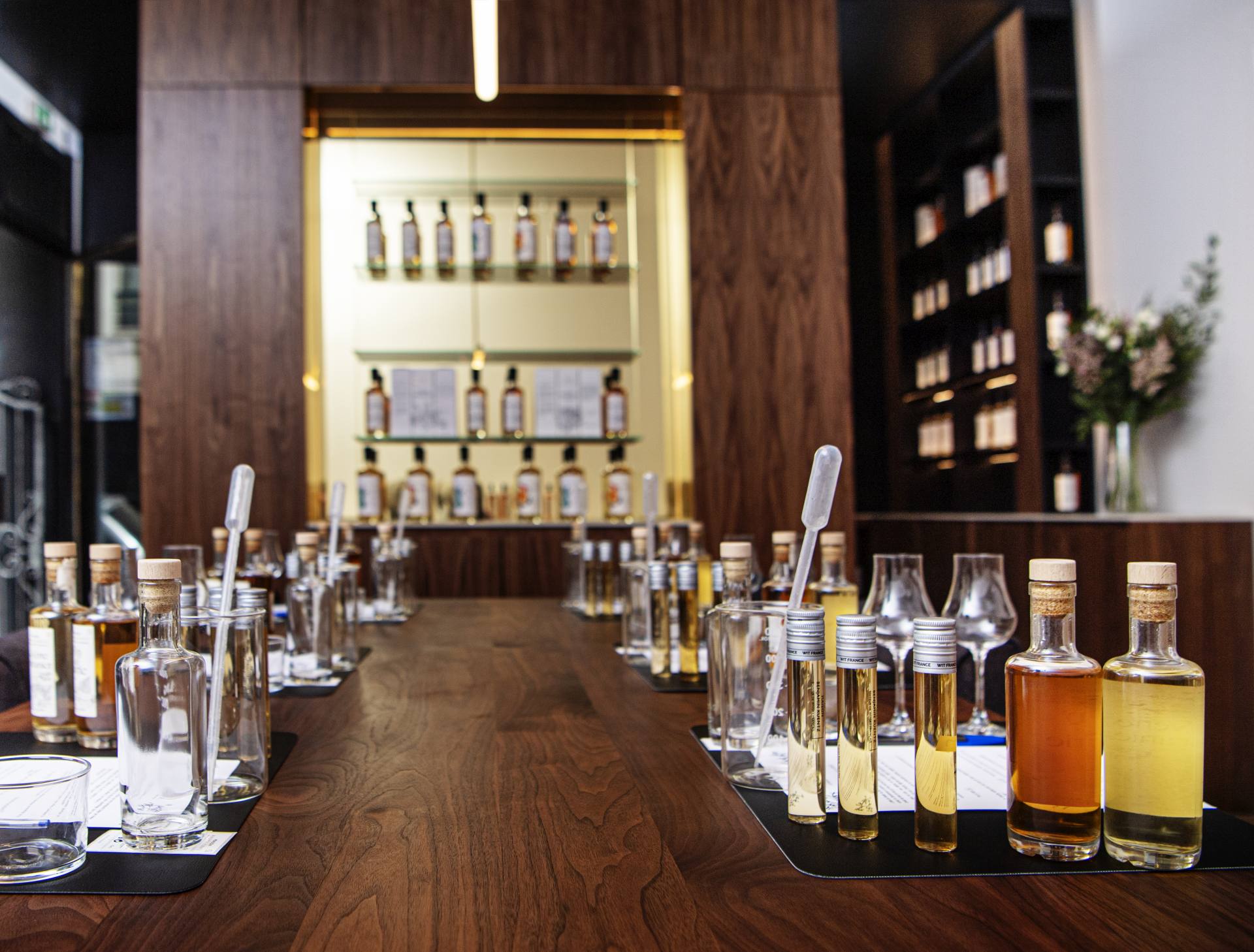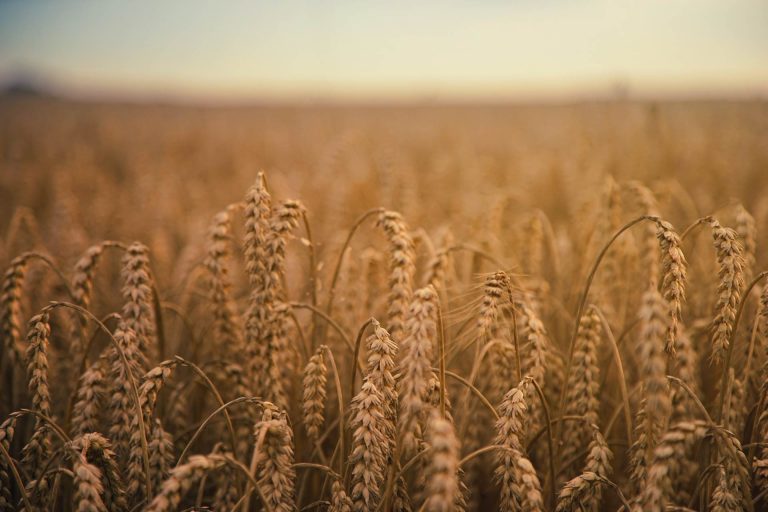
Know-How: Cereal
A promise is a promise. So we will go, together, through the fields. A bucolic stroll ? Everything is relative. But I promise you, this one will be informative. I will try to offer you a selection, not exhaustive, of some of the cereals that are part of the French whisky world.
